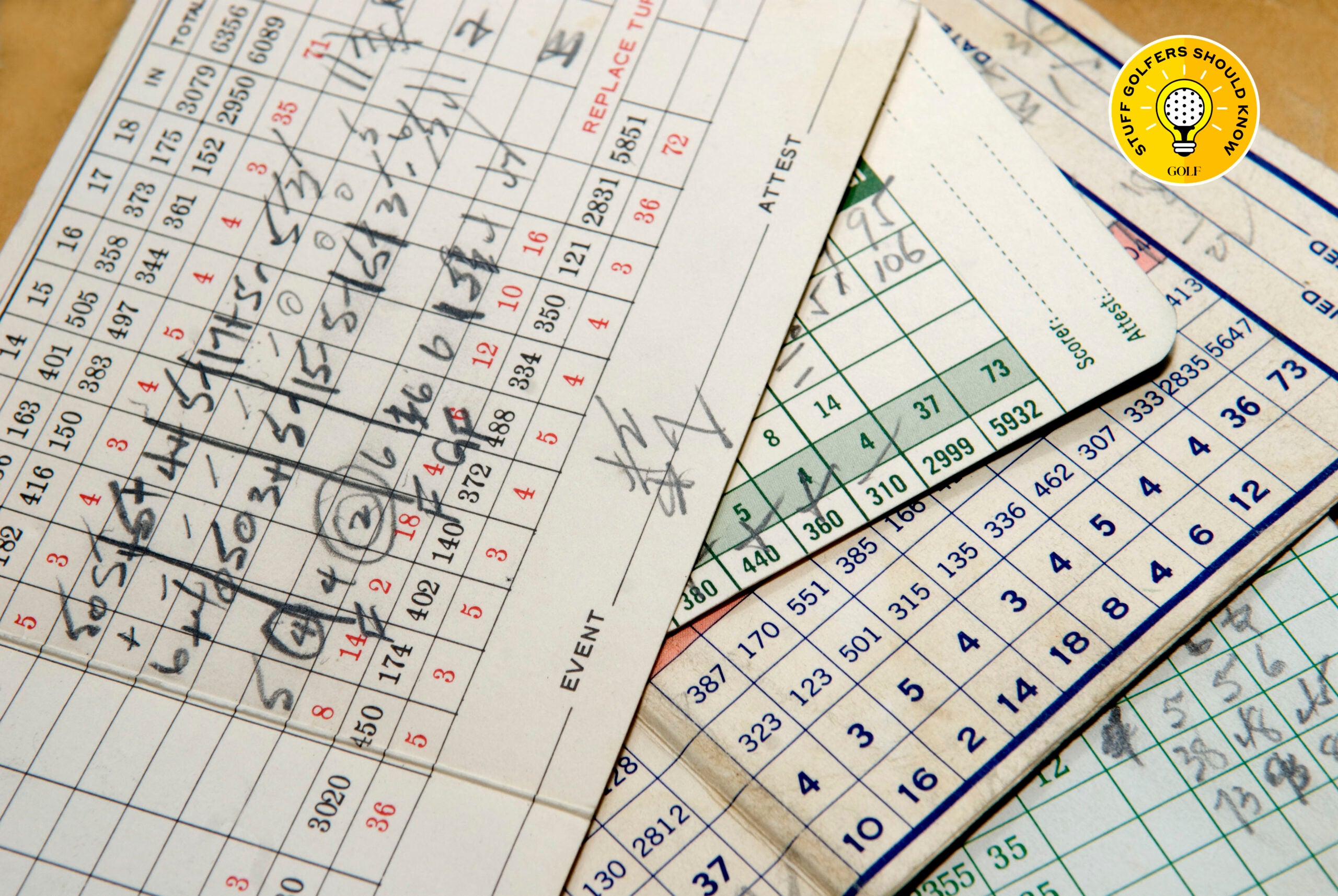Breaking 90 for the first time is a huge accomplishment for golfers, but as players get better and goals start to change, breaking 80 can sometimes seem obtainable as well.
But there are different skills needed for each, and they are all crucial to accomplishing your goals. At GOLF’s 2023 Top 100 Teachers Summit at the Westin Kierland in Scottsdale, Ariz., last December, instructor Jeff Smith broke down the differences between the two.
For starters, Smith says, it starts with a realistic assessment of your game. How many balls do you hit out of bounds per round? How good is your short game? How many times can you hit a green when faced with a 30-yard wedge shot? Doing this will help you understand where your game needs work, and then you can attack those areas.
“To break 90, you are generally underestimating the importance of the short game — and I don’t mean being a whiz or anything — I just mean literally being able to knock it on in one from the bunker or from just off the green,” says Smith, who spends his winters teaching at Bonita Bay Club in Bonita Springs, Fla. “It’s the wasted shots; the low-hanging fruit we can usually take care of pretty quick.”
Smith says breaking 90 essentially comes down to a better short game and the right coaching, which would help golfers play more consistent, smarter golf.
“If you are trying to break 80 you are absolutely playing quite a bit of golf and have probably taken some lessons but may have some reasons [you haven’t broken 80 yet] — inconsistency off the tee, two duck hooks and a push fade in a round, something like that,” Smith said. “Whereas breaking 90 is simply just coaching, and with a playing lesson you can usually fix that pretty quickly. Sometimes it’s the simplest things; you can teach how to chip effectively pretty quickly for a newer player. When you get to 80 it might be a little more of a time commitment or spending time with an instructor on mechanics and further refining that short game.”
One important thing to remember, Smith says, is that this all starts with an accurate assessment of your own game. He says too often golfers say they are a low-90s shooter, for example, but for some players those scores consist of one or two mulligans, raking away a 3-footer here or there, or taking a handicap max score on a hole instead of finishing it out.
Smith says those players are often the hardest to teach, because they go into lessons thinking their scores are lower than what they really are.
“It’s a fantasy score. When you work with them for two months, now they are shooting a real 93, and it’s like, ‘Hey, I’m not getting any better,’ but now those 7s you are writing down you actually struck it seven times,” Smith says. “It’s important to accurately identify what they are really shooting, then we can actually have a goal. And that can be a little depressing. Not to be overly negative, but you need to be realistic about where you are.”
From there, it’s all about finding the right teacher, committing and getting to work.










